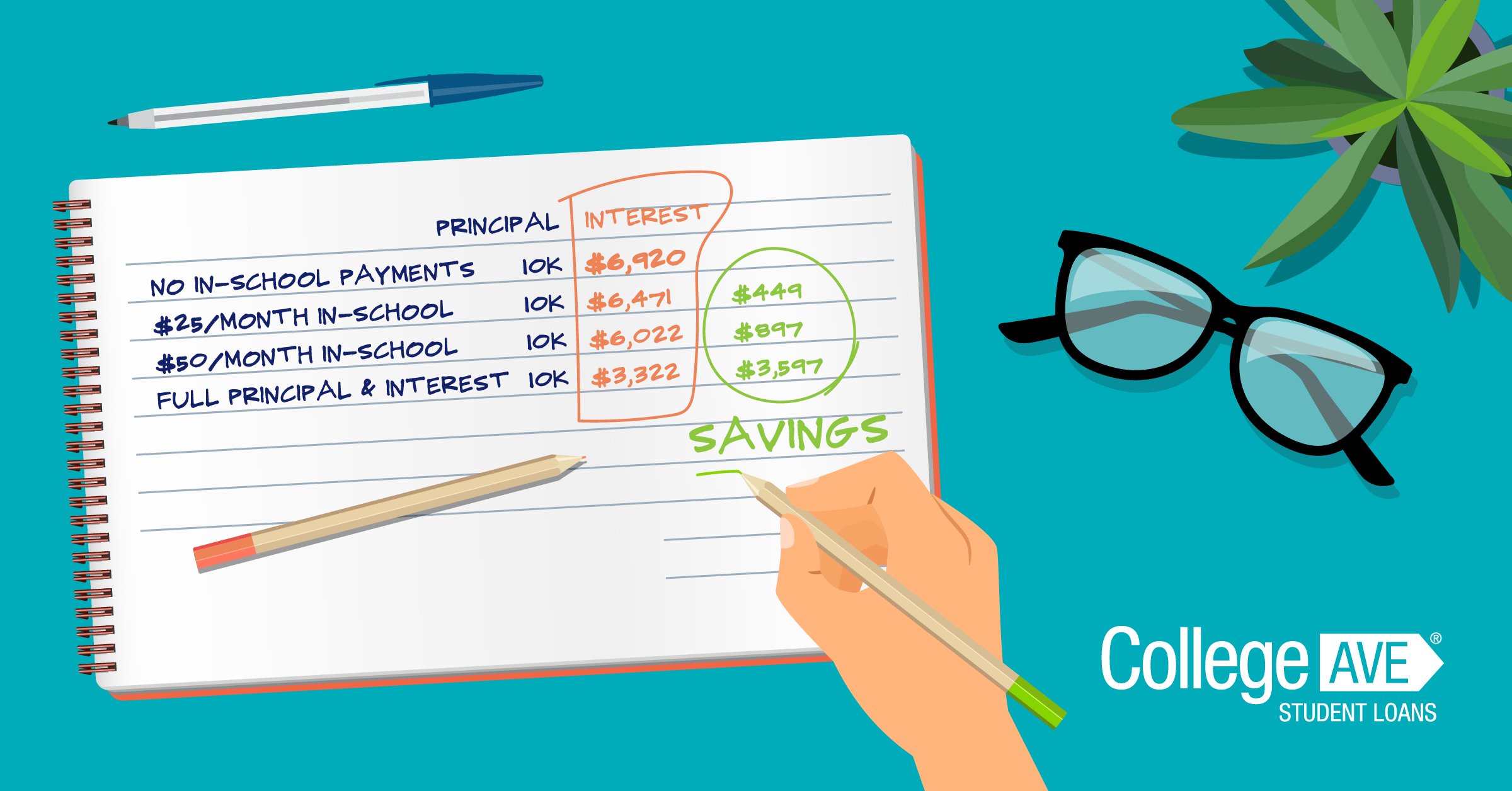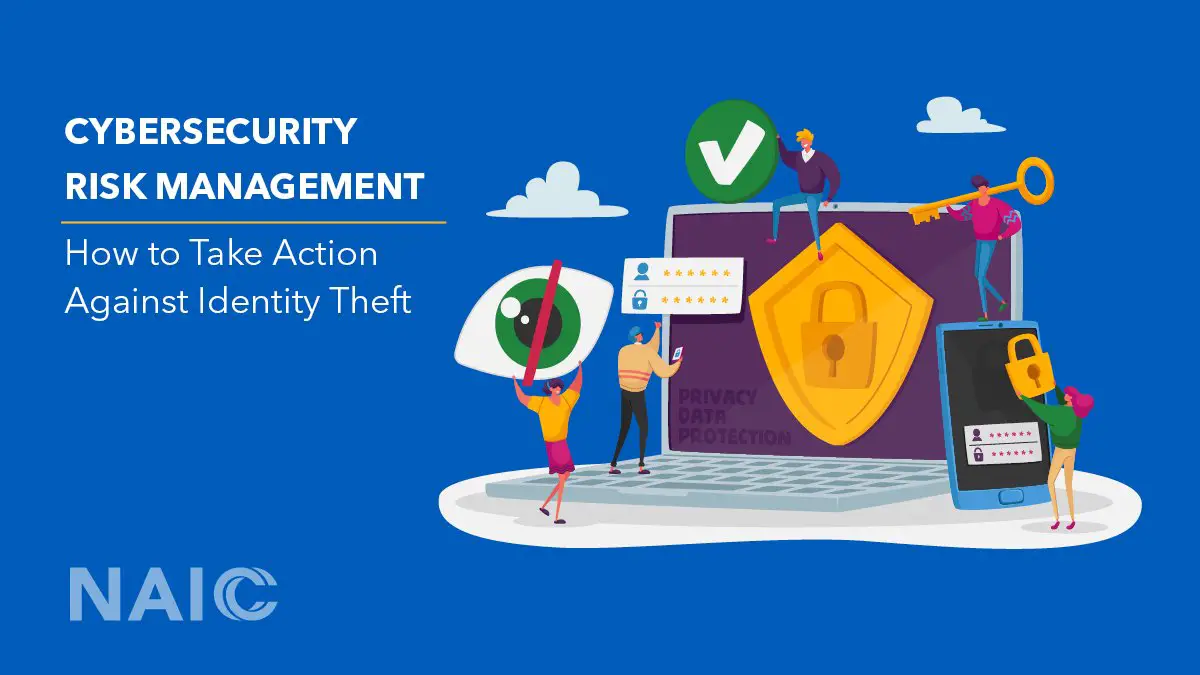Are you grappling with the burden of student loan debt? Well, fret no more! This article will guide you on how to reduce student loan debt and pave the way for a debt-free future. So, whether you’re a recent graduate or already in the midst of repayment, these practical strategies will empower you to regain control of your finances and alleviate the weight of student loans. Let’s dive right in and explore how to reduce student loan debt without losing your sanity.
How to Reduce Student Loan Debt
Student loan debt can be a burden for many individuals, limiting their financial freedom and delaying important life milestones such as buying a house or starting a family. However, there are several strategies that can help you reduce your student loan debt and take control of your financial future. In this article, we will explore various methods and resources to help you minimize your student loan debt and achieve financial stability.
1. Start with a Solid Financial Plan
Before diving into the specifics of reducing your student loan debt, it’s essential to create a solid financial plan. A comprehensive financial plan will help you identify your income, expenses, and financial goals, putting you on the path toward financial success.
To create a financial plan, follow these steps:
- Assess your current financial situation: Determine your income, expenses, and outstanding debts. This will give you a clear understanding of your financial standing and help you identify areas where you can cut expenses.
- Create a budget: Developing a budget will help you track your income and expenses, enabling you to allocate funds to various categories, including your student loan payments.
- Set financial goals: Establish short-term and long-term financial goals. These goals can include paying off your student loan debt early, building an emergency fund, or saving for retirement.
- Track your progress: Regularly monitor your finances to ensure you’re on track to meet your goals. Make adjustments to your budget as needed.
By starting with a comprehensive financial plan, you’ll have a solid foundation to tackle your student loan debt effectively.
2. Reduce College Costs
One effective way to minimize your student loan debt is to reduce the overall cost of attending college. By exploring different avenues to cut costs, you can decrease the amount you need to borrow. Consider the following strategies:
- Choose an affordable school: Research and compare different colleges and universities to find the most cost-effective option. Look for schools with lower tuition rates or consider attending a community college before transferring to a four-year institution.
- Apply for scholarships and grants: Scholarships and grants are free sources of funding that can significantly reduce your college expenses. Research and apply for as many scholarships and grants as possible to maximize your chances of receiving financial aid.
- Work part-time during college: Holding a part-time job while attending college can help cover your living expenses and reduce the amount you need to borrow. Look for on-campus jobs or positions that offer flexible hours to accommodate your class schedule.
- Utilize tax credits and deductions: Take advantage of tax credits, such as the American Opportunity Credit or Lifetime Learning Credit, to reduce your tax liability while in college.
- Consider alternative education options: Explore alternative education options such as vocational schools, apprenticeships, or online courses that may offer more affordable paths to your desired career.
By implementing these strategies, you can significantly reduce your college costs and lessen your reliance on student loans.
3. Maximize Federal Student Aid
Before resorting to private student loans, explore all the federal student aid options available to you. Federal loans often have more favorable terms and repayment options compared to private loans. Follow these steps to maximize your federal student aid:
- Submit the Free Application for Federal Student Aid (FAFSA): The FAFSA is a crucial step in accessing federal financial aid. Fill out the FAFSA form as soon as possible to determine your eligibility for grants, work-study opportunities, and federal student loans.
- Research and apply for federal grants: Grants, such as the Pell Grant, can provide you with additional funding that does not require repayment. Research and apply for grants that you may be eligible for.
- Consider federal work-study: The Federal Work-Study program provides part-time employment opportunities to eligible students, allowing them to earn money to help pay for their education.
- Maximize federal student loans: If you need to borrow money, utilize federal student loans before exploring private loans. Federal loans typically have lower interest rates and more flexible repayment options.
- Explore loan forgiveness programs: Certain professions may qualify for loan forgiveness programs, such as the Public Service Loan Forgiveness program. Research if your future career path may offer opportunities to have a portion or all of your student loans forgiven.
By understanding and utilizing federal student aid options, you can minimize your student loan debt and take advantage of beneficial repayment plans.
4. Make Extra Payments
If you have the financial means, making extra payments towards your student loans can significantly reduce your debt burden. By paying more than the required monthly payment, you can save on interest charges and shorten your repayment period. Here’s how you can make extra payments:
- Designate specific funds for extra payments: Allocate a portion of your monthly budget specifically for additional student loan payments. This will ensure you prioritize paying off your loans.
- Set up automatic payments: Arrange for automatic payments, including the extra amount, to ensure consistency and avoid any missed payments.
- Contact your loan servicer: Inform your loan servicer that the additional payment amount should be applied to the principal balance. This will help reduce the overall interest accrued on your loan.
- Consider making biweekly payments: Instead of making one monthly payment, divide your monthly payment in half and pay every two weeks. This will result in an extra payment each year, ultimately reducing your loan term.
By consistently making extra payments towards your student loan debt, you can expedite the repayment process and save money on interest in the long run.
5. Explore Loan Repayment Assistance Programs
Loan repayment assistance programs (LRAPs) are offered by various organizations, including employers, state governments, and nonprofit organizations, to help individuals manage their student loan debt. These programs provide financial assistance or loan forgiveness in exchange for certain qualifications or service requirements. Here are a few examples:
- Public Service Loan Forgiveness (PSLF): The PSLF program forgives the remaining balance on your Direct Loans after making 120 qualifying payments while working full-time for a qualifying employer, such as a government or nonprofit organization.
- Teacher Loan Forgiveness: Teachers who work full-time for five consecutive years in a low-income school or educational service agency may qualify for up to $17,500 in loan forgiveness.
- Income-Driven Repayment Plans: Income-driven repayment plans, such as Income-Based Repayment (IBR) and Pay As You Earn (PAYE), cap your monthly loan payments based on your income and family size. After 20 or 25 years of qualifying payments, any remaining balance may be forgiven.
- Employer Assistance Programs: Some employers offer loan repayment assistance as part of their employee benefits package. Check with your employer to see if they provide any assistance with student loan repayment.
Research and explore the various loan repayment assistance programs available to you. These programs can significantly reduce your student loan debt and provide added financial support.
6. Refinance Your Loans
If you have good credit and a steady income, refinancing your student loans may be a viable option to lower your interest rates and decrease your monthly payments. When you refinance, you essentially replace your current loans with a new loan from a private lender. Here’s what you should consider when refinancing:
- Compare multiple lenders: Research and compare offers from various lenders to find the best interest rates and terms. Look for lenders that specialize in student loan refinancing.
- Check your credit score: Lenders typically require a good credit score to qualify for favorable refinancing terms. Improve your credit score before applying if necessary.
- Consider a cosigner: If you have a low credit score or limited credit history, having a creditworthy cosigner can help you secure better refinancing options.
- Weigh the pros and cons: Refinancing federal student loans with a private lender means losing out on federal benefits, such as loan forgiveness programs and income-driven repayment plans. Evaluate if refinancing is the right choice for you.
Before refinancing your loans, carefully assess your financial situation and evaluate the potential benefits and drawbacks. Refinancing can save you money in interest payments but may not be the best option for everyone.
7. Stay Informed and Seek Professional Help
Student loan repayment options and regulations can change over time. To navigate the complexities of student loan debt and take advantage of new opportunities, it’s important to stay informed. Consider the following strategies:
- Subscribe to student loan newsletters: Sign up for newsletters or email updates from reliable sources that provide information on student loan debt, repayment options, and new developments.
- Attend financial literacy workshops: Many organizations offer free financial literacy workshops that can help you better understand student loans and manage your debt effectively.
- Consult a student loan professional: If you’re struggling to manage your student loan debt or need guidance, consider seeking help from a student loan professional or financial advisor who specializes in student loans.
Experienced professionals can help you navigate complex student loan repayment options, explore potential forgiveness programs, and provide personalized advice based on your unique situation.
Reducing student loan debt requires careful planning, persistence, and utilizing available resources. By implementing the strategies outlined in this article, you can take control of your student loan debt and pave the way for a financially secure future.
How to reduce your student loan debt
Frequently Asked Questions
Frequently Asked Questions (FAQs)
How can I reduce my student loan debt?
Reducing student loan debt can be challenging, but there are several strategies you can consider:
What are some ways to lower my monthly student loan payments?
If you’re struggling with high monthly payments, you can explore the following options:
Can refinancing my student loans help reduce the debt?
Refinancing your student loans may be a viable option to reduce your debt burden. Consider the following:
Are there any loan forgiveness programs that can help me reduce my student loan debt?
Yes, there are loan forgiveness programs available. Here are a few you can look into:
How can budgeting help me reduce my student loan debt?
Creating and sticking to a budget can be a helpful tool in managing your student loan debt. Consider these steps:
Can I negotiate with my loan servicer to lower my student loan debt?
Yes, it’s possible to negotiate with your loan servicer to reduce your student loan debt. Follow these tips:
What are some additional sources of funding I can explore to reduce my student loan debt?
If you’re looking for alternative ways to reduce your student loan debt, consider the following options:
How can I accelerate my student loan repayment to reduce the overall debt?
If you want to pay off your student loans more quickly and minimize the overall debt, try these strategies:
Final Thoughts
In conclusion, reducing student loan debt can be achieved through proactive financial planning and decision-making. Start by considering community college or vocational schools as affordable alternatives to traditional universities. Apply for scholarships, grants, and work-study programs to minimize the need for loans. Create a budget and cut unnecessary expenses to save and make extra payments towards your loans. Explore loan forgiveness programs and consider refinancing options to lower interest rates. By taking these steps and being mindful of your financial choices, you can effectively reduce student loan debt and achieve financial freedom.


